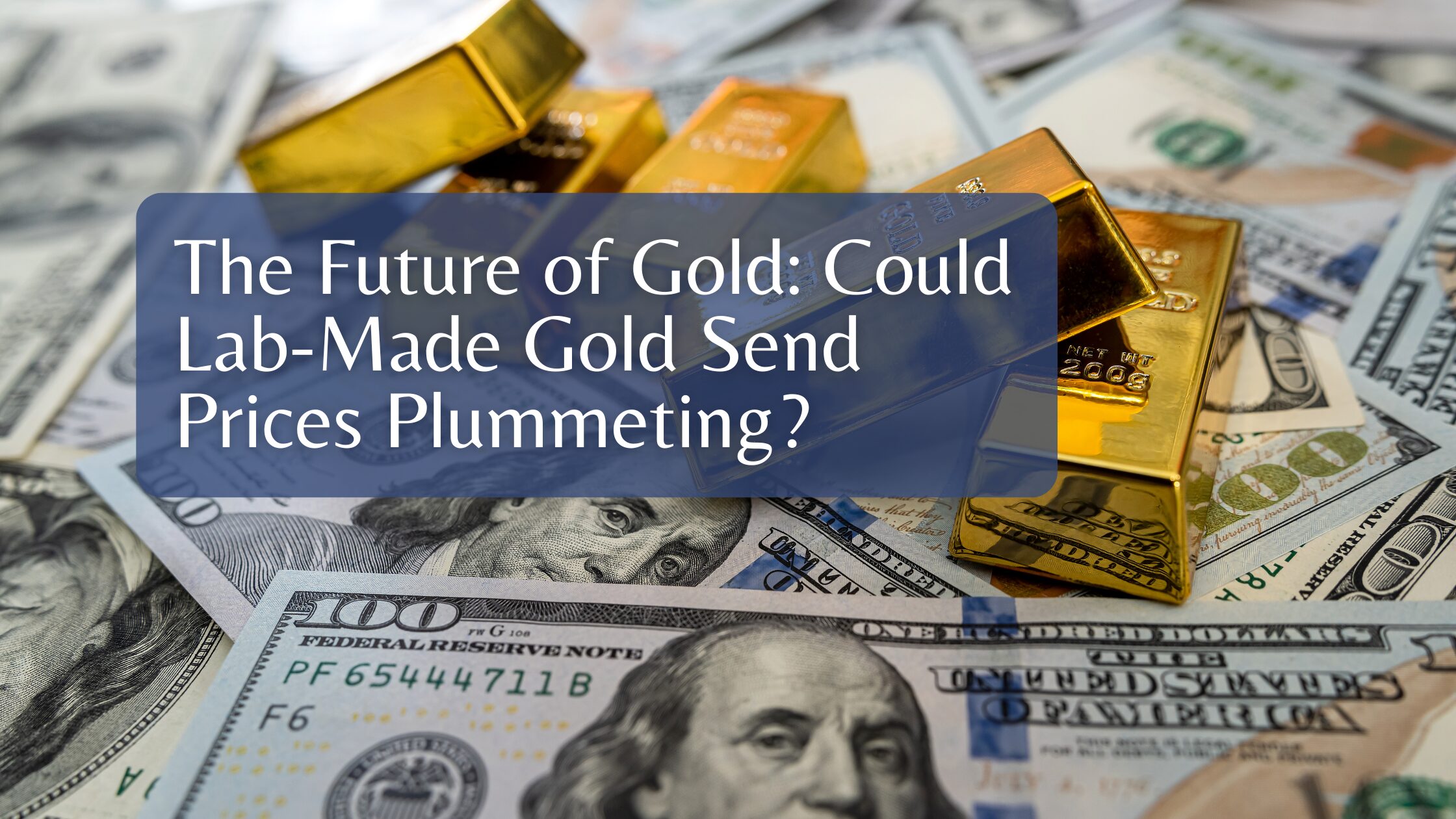The Future of Gold: Could Lab-Made Gold Send Prices Plummeting?

The Future of Gold
Recently, headlines have circulated claiming that scientists at CERN, the European research center best known for its particle accelerator, have successfully transformed lead into gold. It sounds like modern-day alchemy, a scientific fantasy made real. Naturally, some investors are wondering if this development could eventually reshape the gold market the way lab-grown diamonds have disrupted the natural diamond industry. As a financial advisor, my role is to help separate fascination from financial impact to distinguish between science fiction and sound investing.
Turning Lead into Gold
The news out of CERN is certainly intriguing. Using nuclear transmutation, researchers were able to convert atoms of lead into atoms of gold by altering their atomic structure. They bombard the nucleus of one element with high-energy particles to reconfigure it into another. In principle, this is exactly what alchemists throughout history attempted and failed to do. CERN’s work, then, is not a symbolic gesture; it’s a literal, technical achievement. But it’s also entirely impractical from an economic perspective.
Why It’s Not Economically Feasible
This process requires highly advanced equipment, enormous amounts of energy, and yields only the smallest quantities of gold, mere atoms, not grams. It is a scientific proof of concept, not a commercial process. The cost of creating even a trace of gold this way would run into the millions of dollars. This is not a future production method for the jewelry or bullion markets. In short, while it grabs headlines, it does not alter the supply and demand landscape in any meaningful way.
A Real Disruptor: Lab-Grown Diamonds
Still, investors can learn something valuable from this kind of development, especially when compared to a case where science has truly reshaped a market: the rise of lab-grown diamonds.
Lab-grown diamonds began as a technical novelty but have now become a major segment of the jewelry market. Through scalable, cost-effective processes like chemical vapor deposition (CVD) and high-pressure high-temperature (HPHT) synthesis, companies can produce high-quality diamonds that are chemically and visually identical to natural ones.
These lab-grown stones have entered the mainstream. As of 2024, nearly half of all engagement rings sold in the U.S. feature lab-grown diamonds. The price differential between mined and synthetic diamonds has become so large that consumers are overwhelmingly opting for the more affordable alternative, especially when quality and appearance are virtually identical.
Market Impact and Consumer Acceptance
As a result, the price of natural diamonds has come under pressure. The diamond market has bifurcated: natural diamonds now serve the high-end luxury niche, while lab-grown stones dominate the volume-based consumer space. This is what real disruption looks like not just a scientific breakthrough, but a transformation that consumers accept and that can be scaled affordably and profitably.
Could Gold See the Same Disruption?
The question, then, is whether gold is susceptible to a similar disruption. Could CERN’s experiment eventually lead to lab-grown gold flooding the market?
The short answer is no. Gold’s value, unlike diamonds, is tied not just to its physical properties but to centuries of economic and cultural momentum. It plays a role in jewelry, industry, and, as some see it, financial stability. But CERN’s experiment does nothing to threaten that supply structure. It is not scalable. It is not economical. It is not going to replace mining, recycling, or central bank holdings.
Rethinking Gold’s Role in a Portfolio
That said, this is also an opportunity to rethink gold’s position in an investment strategy. While it has long been seen as a “safe haven” asset, gold is fundamentally a fear trade. It tends to rise in value when investors are uncertain, anxious, or fleeing volatility.
But it does not generate income. It does not produce cash flow. And over long periods of time, its real return has been unimpressive compared to productive assets.
Better Alternatives for Long-Term Growth
Rather than viewing gold as a core portfolio component, I believe capital is better deployed in investments that work for you. Specifically, U.S. Treasuries for capital preservation and income, or equities like the S&P 500 for long-term growth. Treasuries provide stability and a yield backed by the full faith and credit of the U.S. government. The S&P 500, meanwhile, reflects the growth of real businesses innovating, hiring, and reinvesting profits.
The Bottom Line About the Future of Gold
Gold may have symbolic value. It may even have short-term price spikes during market shocks. But from a strategic investment standpoint, gold does not offer the compounding potential or the economic productivity of other assets. Headlines about nuclear alchemy don’t change that. If anything, they remind us just how far gold is from being a modern, dynamic asset.
So while the science behind CERN’s achievement is worthy of attention, it doesn’t justify rethinking investment principles. Unlike lab-grown diamonds, which found commercial relevance and widespread consumer adoption, lab-made gold remains firmly in the category of scientific curiosity. Investors are better served focusing not on what dazzles in the lab, but on what delivers in the real economy.
Casey Smith
President, Wiser Wealth Management
Share This Story, Choose Your Platform!
Wiser Wealth Management, Inc (“Wiser Wealth”) is a registered investment adviser with the U.S. Securities and Exchange Commission (SEC). As a registered investment adviser, Wiser Wealth and its employees are subject to various rules, filings, and requirements. You can visit the SEC’s website here to obtain further information on our firm or investment adviser’s registration.
Wiser Wealth’s website provides general information regarding our business along with access to additional investment related information, various financial calculators, and external / third party links. Material presented on this website is believed to be from reliable sources and is meant for informational purposes only. Wiser Wealth does not endorse or accept responsibility for the content of any third-party website and is not affiliated with any third-party website or social media page. Wiser Wealth does not expressly or implicitly adopt or endorse any of the expressions, opinions or content posted by third party websites or on social media pages. While Wiser Wealth uses reasonable efforts to obtain information from sources it believes to be reliable, we make no representation that the information or opinions contained in our publications are accurate, reliable, or complete.
To the extent that you utilize any financial calculators or links in our website, you acknowledge and understand that the information provided to you should not be construed as personal investment advice from Wiser Wealth or any of its investment professionals. Advice provided by Wiser Wealth is given only within the context of our contractual agreement with the client. Wiser Wealth does not offer legal, accounting or tax advice. Consult your own attorney, accountant, and other professionals for these services.





